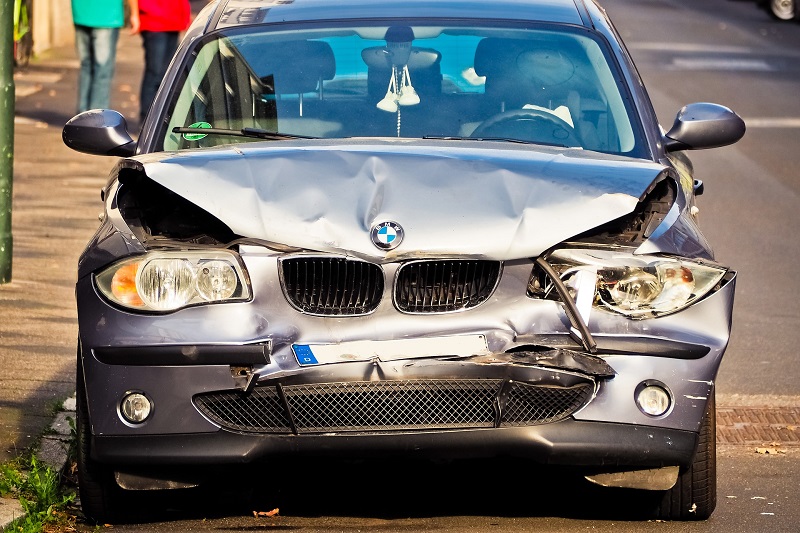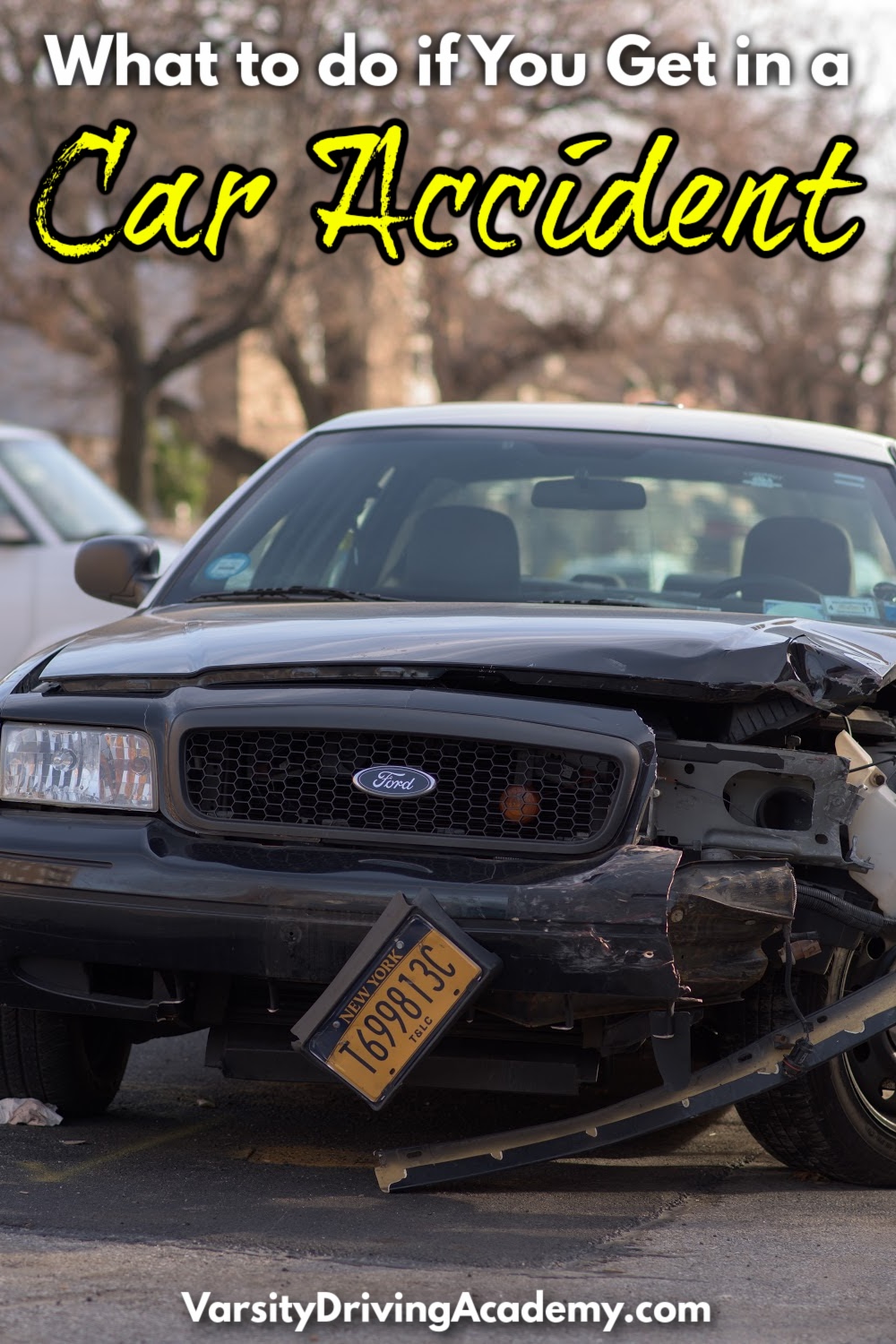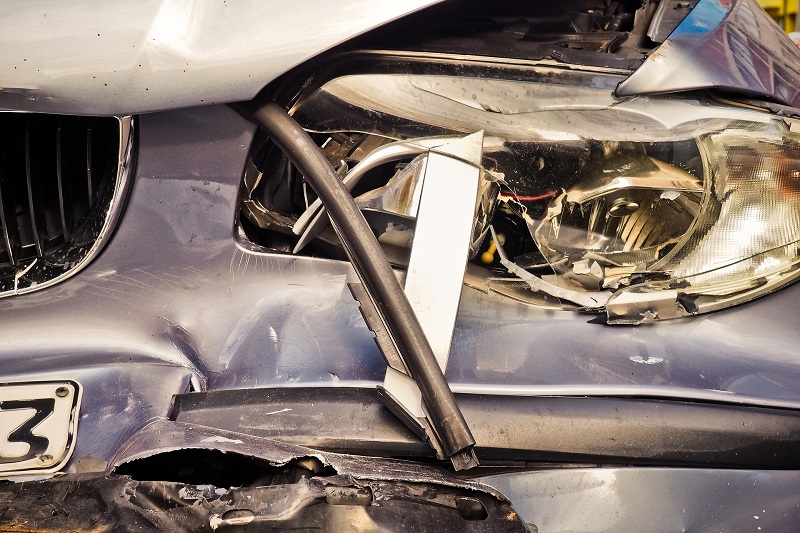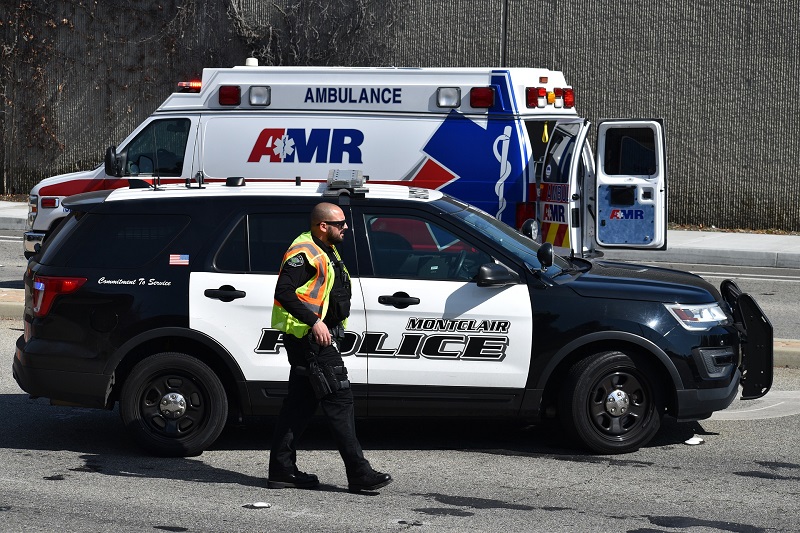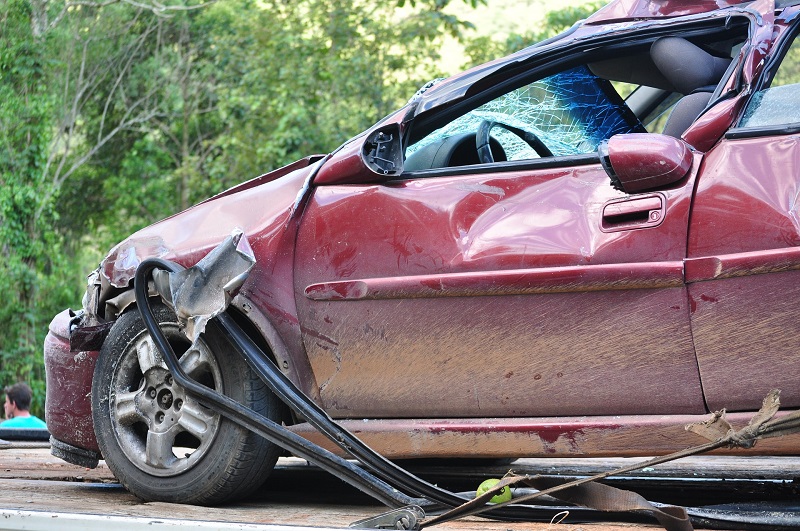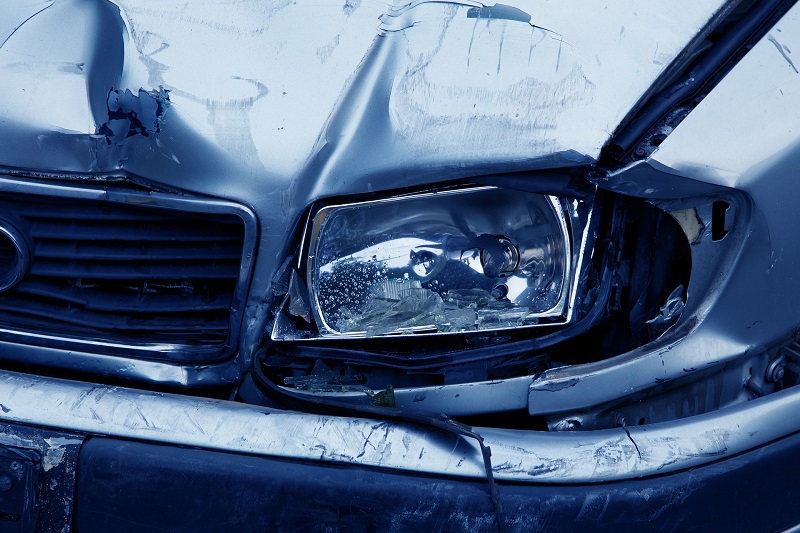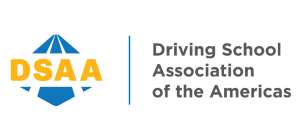What to Do if You Get into a Car Accident
Some of our Orange County driver’s education students are adults with little driving experience, some are international students who are not awfully familiar with American roadways and traffic laws, and the majority are teenagers who are learning to drive for the first time. But everyone should know what to do in the event of a car accident.
Varsity Driving Academy teaches students everything they need to know to avoid car accidents, but everyone should know what to do just in case. With all our Orange County students, a common topic of discussion is what to do if you get into a car accident.
Safety is our priority with our students, so we work painstakingly to avoid car accidents in the first place. All car accidents are avoidable, but not all are avoidable by you. You may be the most cautious, skilled driver, but that doesn’t mean you can control anyone else on the road.
No matter how careful or skilled a driver you are, Orange County is a crowded place with a lot of traffic, so the chances of being involved in at least one car accident in your lifetime are extremely high. For that reason, you need to know what to do in the event of a car accident.
NOTE: We are assuming this is a non-serious, non-life-threatening accident where you can safely get out of the car and handle your business; if you, your passenger, or someone in the other car is injured, call 911 immediately.
What to Do if You Get into a Car Accident
First off, take a deep breath. It doesn’t do any good to get upset or angry. Remember what your mom always said? Accidents happen. So, give yourself a break, and/or give the other person a break. Also, a reminder: Hit and run is a crime. It’s never worth it.
Stay on the scene. If the accident is minor and the cars are still functional, move to the side of the road for your safety and the safety of other drivers. If you can’t go anywhere and you need a tow, turn on your hazard lights and call the tow truck. (It would be awesome if you had a warning triangle or flares in your car’s emergency kit!)
Check for Injuries
Make sure you and your passengers are okay. Now get out of your car if it is safe to do so, and make sure the other person or people are okay. If not, call 911 immediately.
Call the Police
Even for minor accidents where no one is hurt, call the police, and report the accident. (Don’t call 911, call the police station directly. It may be a good idea to program this number into your phone.) Now, often the police won’t respond to a minor traffic accident unless 1) someone is injured, 2) the cars are blocking traffic, or 3) the damage goes over a certain dollar amount.
Don’t try to determine those things for yourself – call the police and let the dispatcher tell you what to do. If the dispatcher decides not to send officers to the scene, he or she may advise you to file a police report. This is good advice, as it can help the insurance companies establish liability (If you were the one hit, you want a police report).
Even if you are the one who caused the accident, call the police. The other driver may have contributed to causing the accident and you just don’t know it yet.
Gather and Exchange Info
Now, gather up your information. (It would be great if you had a note already prepared and stashed in your glove box with your info on it. At the very least, have a pen and paper handy.) Here’s what to exchange with the other driver:
- name
- address
- phone number
- email address
- driver’s license number
- insurance company
- policy number
Your auto insurance company might have an app that allows you to record the details of the accident, take pictures, and more. Do NOT share your social security number. You do not need that information to file a claim or police report.
Now it’s a good idea, while your memory is fresh, to write down some of your own details of the accident, such as time and location, description of the other car (make, model, year, color, license plate number, etc.) and description of the other driver and passengers.
Take pictures of any noticeable damage on both cars. You may want to draw a sketch of the area and how you think the accident happened. Any witnesses? Try to get their info too: name, phone number, email address. Their input may help with assigning liability for the accident.
Contact Your Auto Insurance
No matter whose fault the accident was, call your insurance company and report the accident as soon as possible. If the accident was your fault, your insurance company requires you to report it. In fact, let your insurance company file a claim on your behalf if it was the other person’s fault.
DO NOT admit fault (or assign blame), and DO NOT tell the other person your auto insurance coverage limits.

